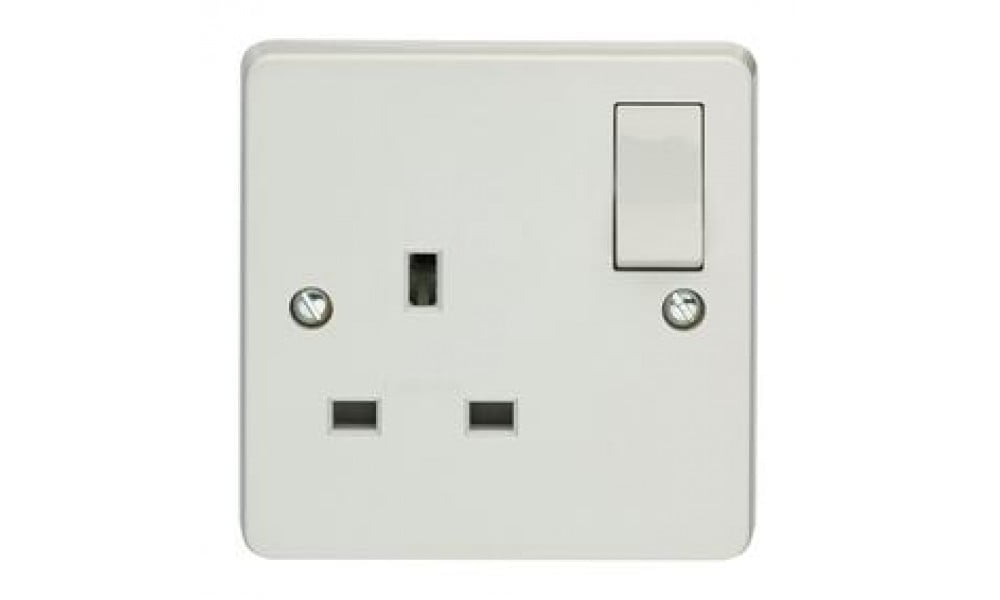A multipin plug is an important electrical component that allows multiple devices to from a single power source. Sockets are commonly used in homes, offices, and other commercial settings where numerous devices must be operated simultaneously. While multipin sockets may appear simple on the surface, they comprise several essential elements that work together to ensure a reliable and secure electrical connection. This article will explore the eight most significant components of a multipin plug socket and their importance.
- Plug Pins: The most visible and recognizable parts are the metal prongs that connect the plug to the socket. The number of pins in a plug depends on the region and type of device. Plug pins are divided into two-pin, three-pin, and four-pin. Pins should be made of high-quality conductive materials like copper or brass to ensure a stable and secure connection.
- Socket Contacts: The metal components inside the socket contact the plug pins. They are usually made of brass or bronze to ensure high electrical conductivity. The contacts must hold the pin firmly to prevent it from loosening or losing connection. Loose connections can spark, causing fire hazards.
- Cable wires: Cable wires connect the plug pins to the socket contacts. They are usually made of copper or aluminium and covered with a plastic or rubber coating to insulate them from each other and the environment. The wires must be of sufficient thickness to handle the electrical load and prevent overheating.
- Cable strain relief: A small but essential component that ensures cable wires are not damaged or disconnected from socket contacts. It is usually a flexible plastic or rubber component that holds the cable securely in place and prevents it from bending or twisting too much. Strain relief is designed to withstand repeated pulling and twisting of cable without breaking or tearing.
- Grounding is an essential safety feature to prevent electric shock and fire. This involves connecting plugs and sockets’ metal components to the earth via a grounding wire. The grounding wire provides a low-resistance path for current to flow in case of a fault or short circuit, preventing electric shock and fire.
- Overload protection: Another key safety feature is preventing electrical equipment from drawing too much current and causing a fire. It involves installing a circuit breaker or fuse in a plug or socket. This cuts off the electrical supply if the current exceeds a certain limit. The circuit breaker or fuse is rated to handle the maximum current the device can draw.
- Switches: Switches are sometimes included in multipin sockets to allow individual devices to be turned on and off. These switches are usually located in the socket housing and operated by a button or lever.
- Surge protection: Modern multipin plugs incorporate surge protection to protect connected devices from power spikes and surges. Surge protection is usually provided by a built-in circuit breaker or surge suppressor that cuts power to the socket when a surge is detected.
Conclusion
When choosing a multipin plug socket, it is worthwhile to consider these elements and choose a socket designed to meet your specific needs. A high-quality socket with all the necessary components will provide your equipment with a safe and reliable power source. Visit Allied Connectors for more information.




